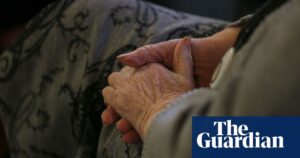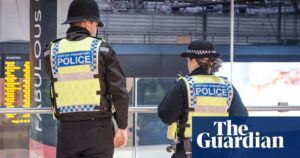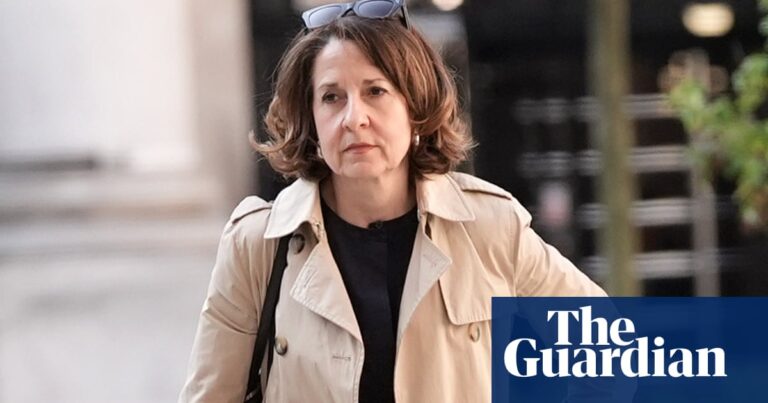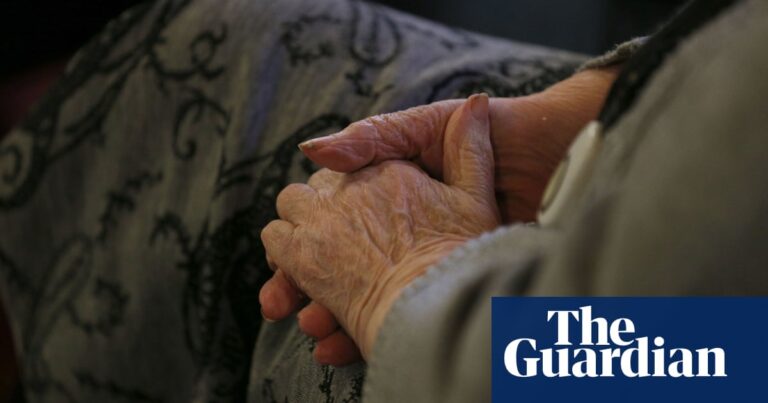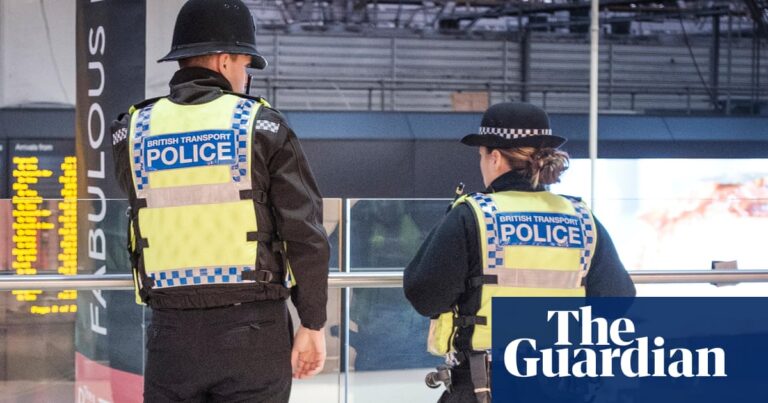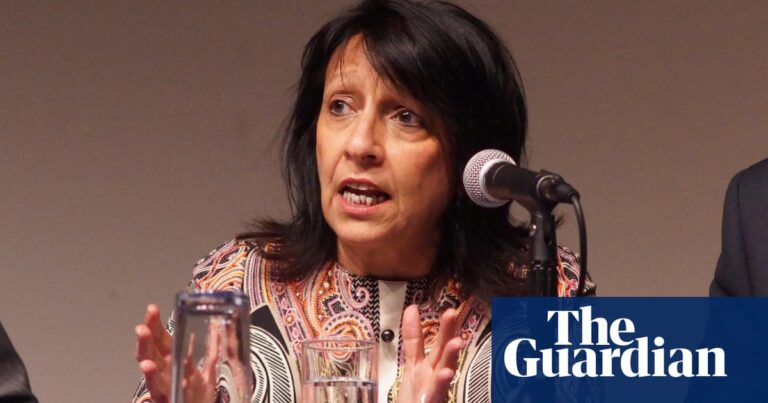The public is closely examining the police and ambulance’s reaction to a terrorist attack by a white supremacist at two mosques in Christchurch, New Zealand. An investigation has started to determine the cause of death for the 51 individuals who were killed in the mass shooting that occurred in 2019.
“The coroner, Brigitte Windley, initiated the inquest on Tuesday at the high court in Christchurch. She stated that this is a chance to assess if the response to such exceptional events could be enhanced in the future, even though we hope to never have to face them again.”
On March 15, 2019, a man from Australia, who became radicalized through online means, carried out an attack during Friday prayers. He had legally obtained a large number of semi-automatic weapons in New Zealand and had planned the assault. The country was left stunned by the incident, leading to a ban on most semi-automatic weapons a month afterwards.
However, the loved ones of the deceased, along with the survivors and witnesses, expressed lingering doubts regarding the events that occurred in the chaotic aftermath of the assault. They questioned whether lives could have been spared if the emergency response had been executed differently.
Two inquiries into the assault did not address these concerns: the extensive legal proceedings planned for Brenton Tarrant, the perpetrator, were avoided in March 2020 when he unexpectedly pleaded guilty to all accusations, and the evidence gathered against him was set aside. A royal commission was tasked with investigating only the occurrences leading up to the shooting at Masjid Al-Noor, which was the first target of the gunman.
The investigative team determined that the attack was unavoidable and could only have been prevented by luck. Additionally, a report from the police in 2021 stated that all of the victims suffered fatal injuries and would not have survived even with immediate treatment.
The police drew public praise in the aftermath of the attack for their apprehension of Tarrant 19 minutes after his assault began. But lingering questions remained, at times compounded by the desire of New Zealand’s authorities to prevent further radicalisation or distress to the bereaved by drastically restricting access to what they knew.
According to Kathryn Dalziel, the families were unable to obtain information about their loved one’s experience at the mosque until the coronial inquiry. She spoke to detective senior sergeant Craig Farrant, the second-in-charge of the inquiry, on Tuesday.
According to Dalziel, the families also mentioned that they did not receive any medical information regarding the cause of death.
The seven-week inquest will address various issues such as communication between the police and ambulance officers, response times to the mosques, and the triage and treatment of those who were injured or killed.
Additionally, it will investigate whether Tarrant, who authorities believe acted independently, received assistance from anyone else during the attack. The investigation will also look into why an emergency exit at Masjid Al-Noor did not function properly as panicked worshipers attempted to escape the shooting.
Attorneys representing multiple families who have experienced loss and individuals who have survived, along with lawyers for law enforcement and other emergency responders, are present in court to interrogate witnesses involved in the emergency response. In New Zealand, though, coronial investigations are investigative in nature and cannot lead to new charges or orders for compensation.
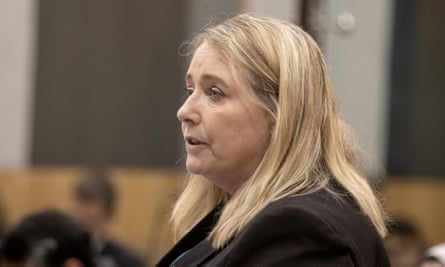
The coroner emphasized the importance of holding individuals accountable for their actions or lack thereof. The inquest will reveal previously undisclosed evidence and shed light on the truth. It is crucial to avoid letting hindsight influence our evaluation of decisions made at the time, while also not using hindsight to justify past actions.
As the hearing commenced, attorneys for the families of the deceased honed in on the timeliness of the emergency response. According to Nikki Pender, a lawyer representing numerous bereaved individuals, the terrorist had altered his weapons to maximize casualties in the shortest amount of time possible.
Can you concur that in a situation where the police are reacting to an incident like this, with the goal of preserving lives, every moment is crucial?” she inquired of Farrant. “In fact, every second counts?”
“Yes,” he replied.
The inquiry began with a video honoring each of the deceased, with their loved ones in the courtroom’s audience, providing comfort to one another as they cried. The details of the video were kept confidential by the coroner.
A presentation featuring a combination of audio and video elements was shown to the inquest on Tuesday, providing a summary of the events that took place. The contents of this presentation were restricted until each piece of evidence mentioned in it was presented in court. The coroner advised that the presentation contained disturbing footage from the attacker’s own live stream of the attack, which is prohibited by law in New Zealand.
Approximately 600 individuals have registered to view the inquest either via online streaming or in person at the court. A majority of these individuals are family members of the deceased. This is the largest coronial investigation ever conducted in New Zealand.
The coroner is anticipated to share her conclusions from the investigation in 2024, prior to addressing the remaining concerns that her examination will analyze: the perpetrator’s acquisition of firearms and their radicalization through social media. It has not yet been determined if public hearings will be conducted on these matters.
In August 2020, Tarrant was given a life imprisonment sentence with no possibility of parole for 51 counts of murder, 40 counts of attempted murder, and a charge of terrorism.
Source: theguardian.com





